Lubing Tactile Switches: A Guide for the Casual Keyboard Enthusiast
Hey there, fellow keyboard enthusiasts! If you’re like me, you’re constantly on the hunt for that perfect typing experience. And while there are a ton of different switches out there, I’ve found that tactile switches are my jam. They give that satisfying “bump” that lets me know I’ve actually pressed the key, but without being too loud or clicky.
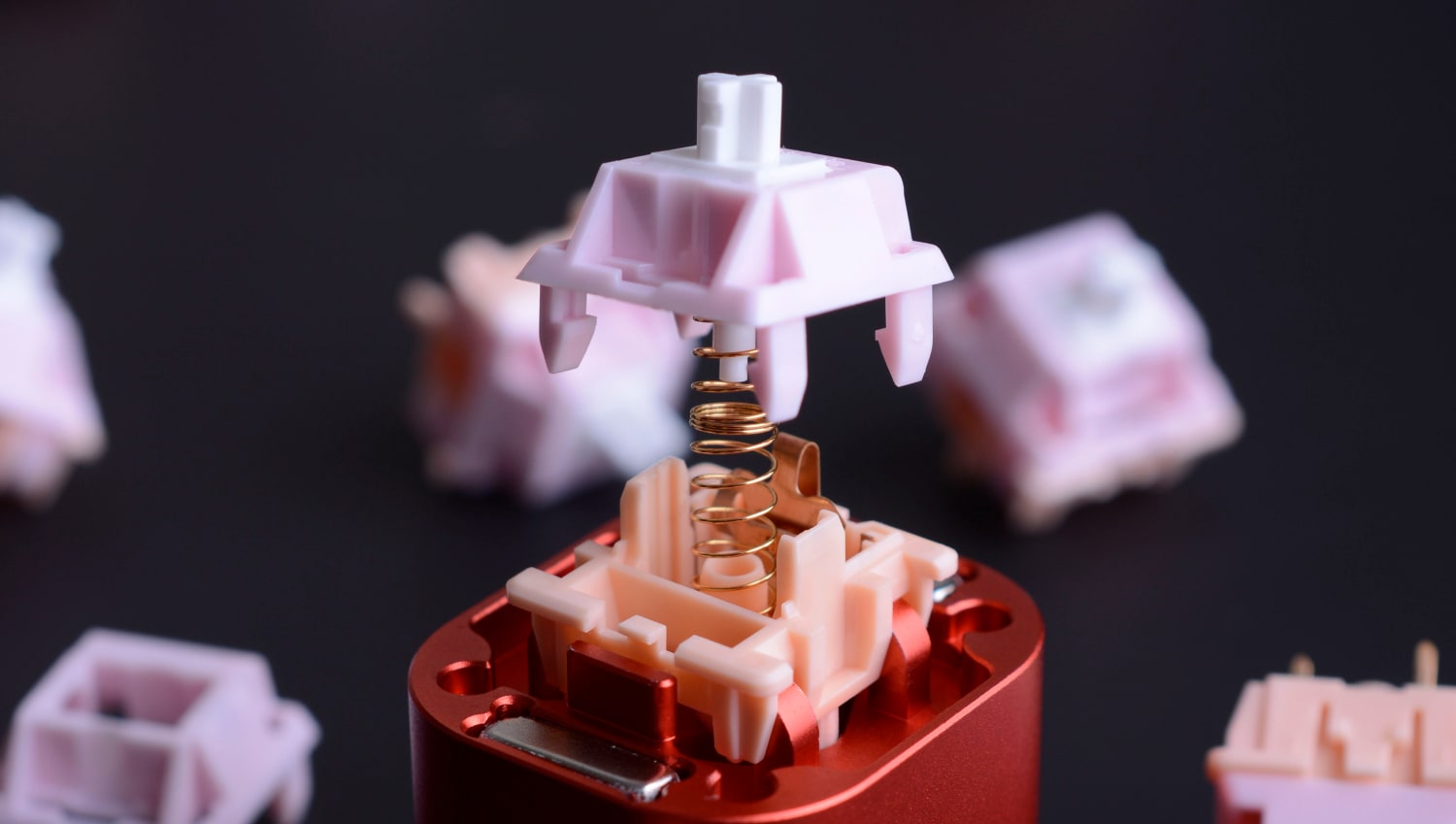
Now, I’m not talking about some pro-level keyboard modding here. I’m just a casual guy who wants to make his typing experience a little smoother and quieter. That’s where lubing comes in.
Why Lube?
Think of lubing your switches like giving them a little spa day. It’s all about reducing friction, which in turn makes them feel smoother and quieter. This is especially true for tactile switches, which have a little bump you feel when you press them down. Lubing can help make that bump less scratchy and more satisfying.
What Tools Do You Need?
Don’t worry, you don’t need a whole workshop to lube your switches. You can get away with just a few basic things:
A small brush: This is for applying the lube to the switch parts. You can use a small artist’s brush or even a Q-tip.
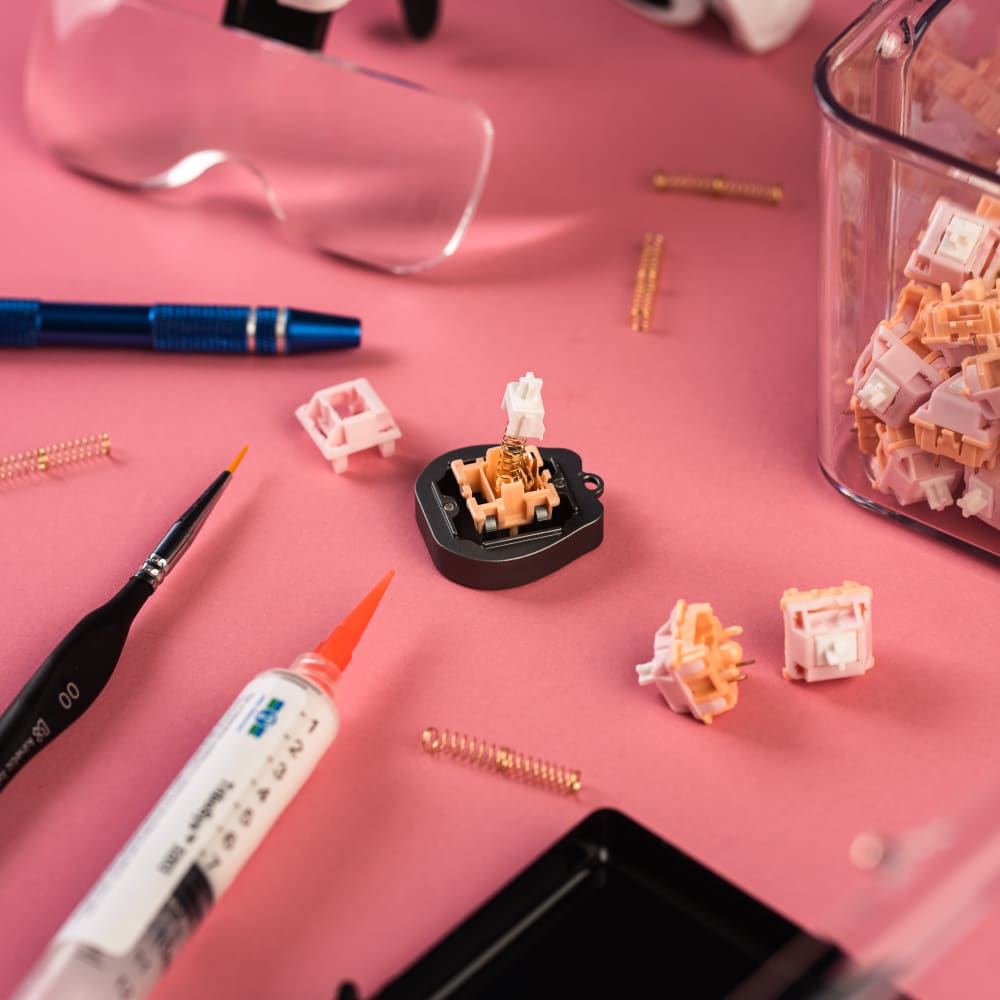
Lube: There are a ton of different lubes out there, but I like something called Krytox GPL 205g0 for a smooth feel. You can find it on websites like Amazon or eBay.
A small container: You’ll need a small container to hold your lube. A small plastic or glass jar will do.
A pair of tweezers: Tweezers are helpful for holding the switches and making sure you don’t get any lube on your fingers.
A small screwdriver: You might need a small screwdriver to take your keyboard apart.
Let’s Get Down to Business!
Alright, here’s the deal:
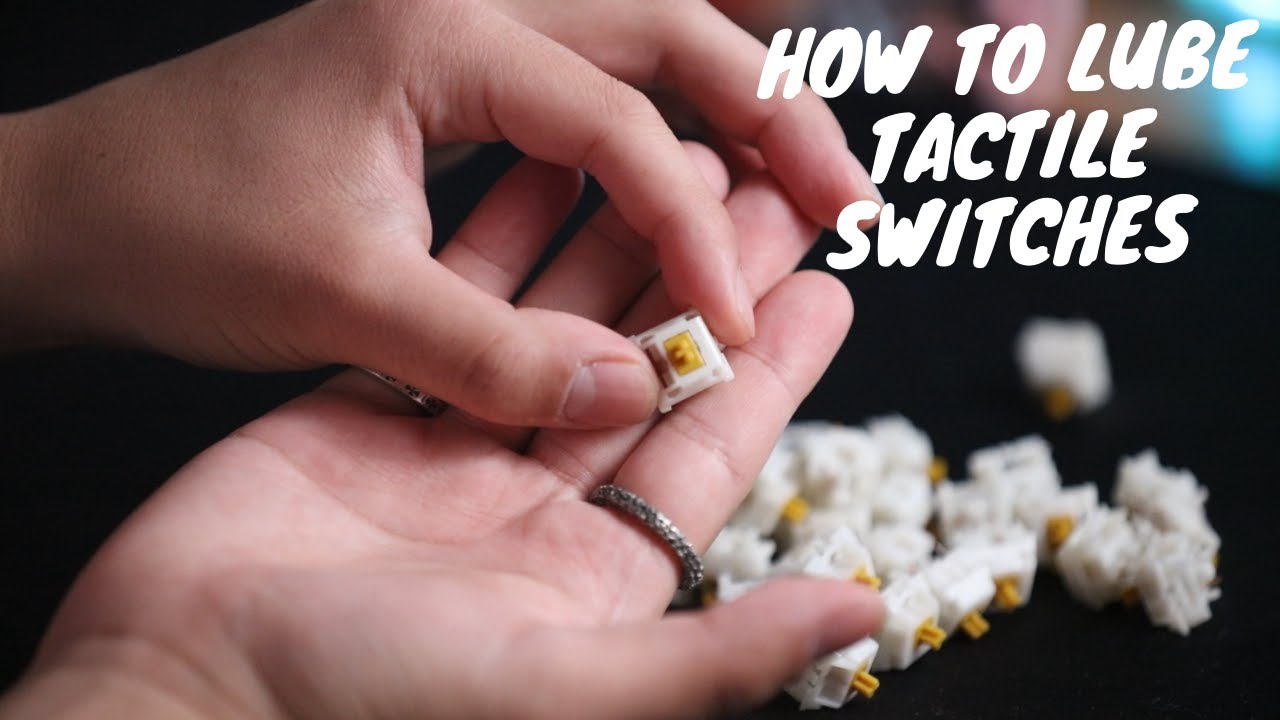
1. Gather your tools and lube. You don’t need a lot of lube. Just a small amount will go a long way.
2. Take apart your switches. You’ll want to remove the top housing, stem, spring, and bottom housing. This is easier said than done, but don’t worry, there are plenty of YouTube videos out there that can walk you through the process.
3. Lubricate the stem. Use your brush to apply a small amount of lube to the stem. Be sure to avoid getting any lube on the contacts.
4. Lubricate the housing. You can lube the inside of the top and bottom housing as well. Just don’t go overboard.
5. Lubricate the spring. You can also lube the spring, which helps to reduce the noise it makes when it bounces back up.
6. Reassemble your switches. Make sure everything is lined up correctly before putting your keyboard back together.
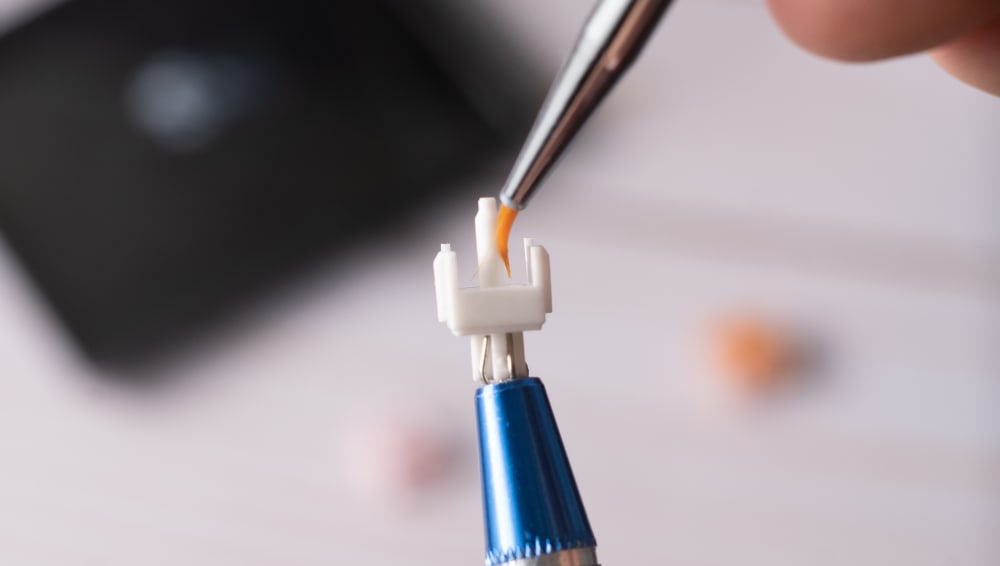
A Word of Caution:
Lubing your switches is a delicate process. Don’t go crazy with the lube. Too much lube can make your switches feel mushy and sluggish. It’s better to start with a little bit of lube and add more if needed.
The Benefits of Lubing
The benefits of lubing your switches are pretty clear. It makes your keyboard feel much smoother and quieter. It can also help extend the lifespan of your switches. You’ll also notice the typing experience is just more enjoyable, especially for those who spend a lot of time typing.
Lubing Your Stabilizers:
Stabilizers are the parts that help keep your larger keys (like the space bar) from wobbling around. They are often found on keyboards with full-sized keycaps. You can also lube the stabilizer, but the process is slightly different than lubing the switches themselves. You want to apply lube to the little plastic pieces on the bottom of the stabilizers. This will help reduce the noise they make when they are pressed down.
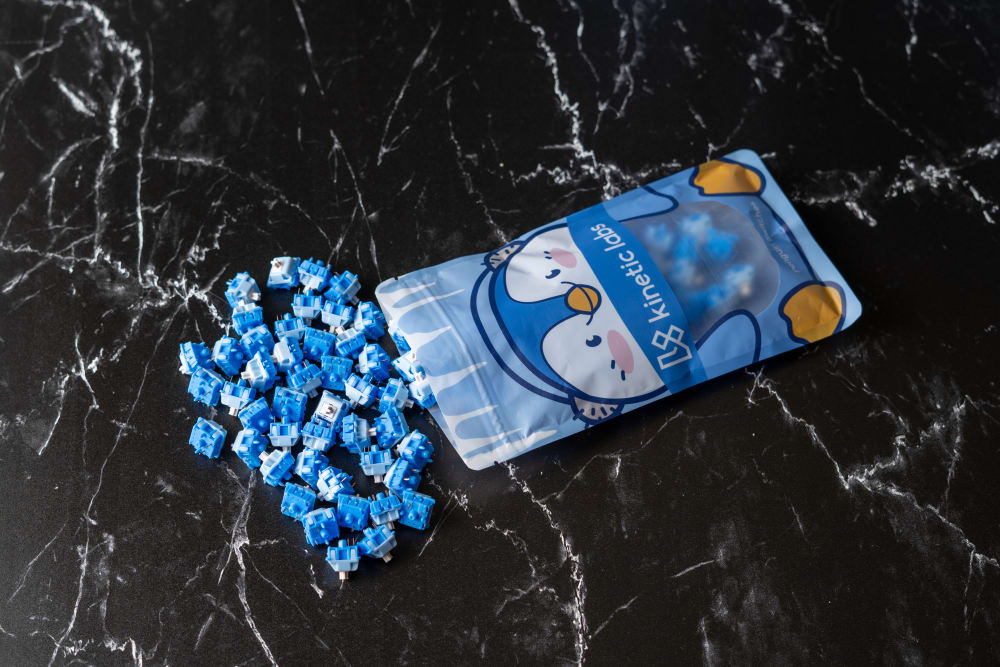
Is Lubing Necessary?
Ultimately, whether or not you decide to lube your switches is up to you. It’s a matter of personal preference. If you’re happy with the feel of your keyboard as it is, then there’s no need to lube it. But, if you’re looking for a smoother and quieter typing experience, then lubing your switches is definitely worth considering.
Table of Switch Types
| Switch Type | Description |
|---|---|
| Linear | Smooth and consistent actuation |
| Tactile | Provides a tactile bump for feedback |
| Clicky | Combines tactile feedback with an audible click |
A Few Thoughts to Ponder
Lubing your switches is a great way to customize your keyboard experience. There’s a lot to learn about lubing, and the internet is full of resources. I encourage you to explore and find what works best for you. And hey, don’t be afraid to experiment! Just make sure to take things slowly, and always have fun.